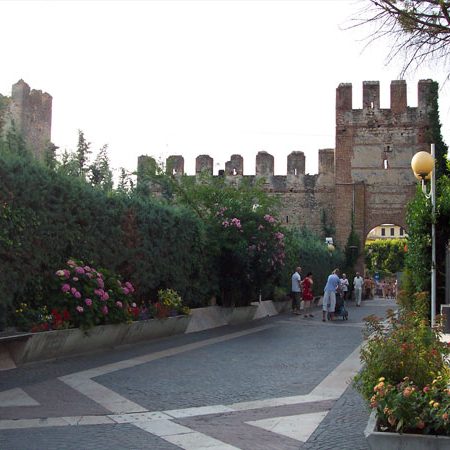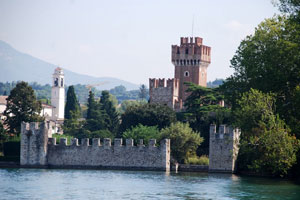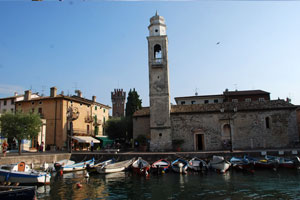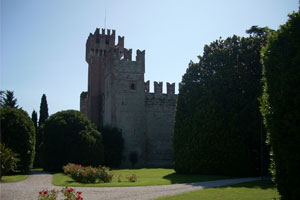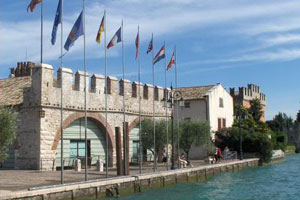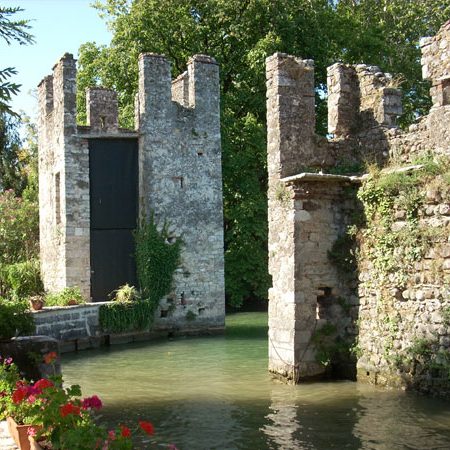
Lazise, situated on the eastern coast of Lake Garda, is one of the Commons of the low lake. This fascinating territory is enhanced by historical elements of architectural value which can be admired in the administrative center and in the hamlets of Colà and Pacengo, where some tracts of Forest Ligana alternate with the typical cultivation of grapevines and olive trees.
The administrative center is surrounded by the town walls with turrets, gates, the castle and the dockyard.
At the old trading port there are the small church of San Nicolò and the customs: events and manifestations are organized in both the restored buildings.
Lazise is considered the first Italian Commune ever instituted; the village became famous in Italy and abroad for its tourist services: camping, hotels, farm holidays and tourist villages and much more.
Restaurant service in Lazise deserves a particular mention: it includes old traditional dishes and ancient tastes which won’t disappoint your expectations.
The presence on the territory of the funfairs “Gardaland”, “Caneva” alongside the coast and the thermal center “Villa dei Cedri” in Colà attract tourists of all ages and from all over the world.
For those who want to reach Lazise by car, the eastern Gardesana and the regional street connecting the two toll booths of Affi and Peschiera are useful infrastructural systems. As an alternative, the nearest railway station is in Peschiera and the nearest airport is in Villafranca di Verona.

